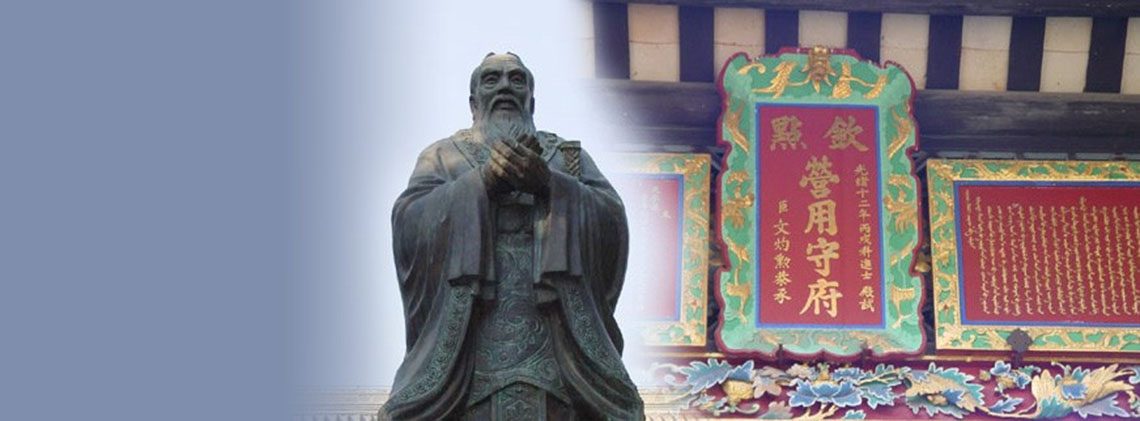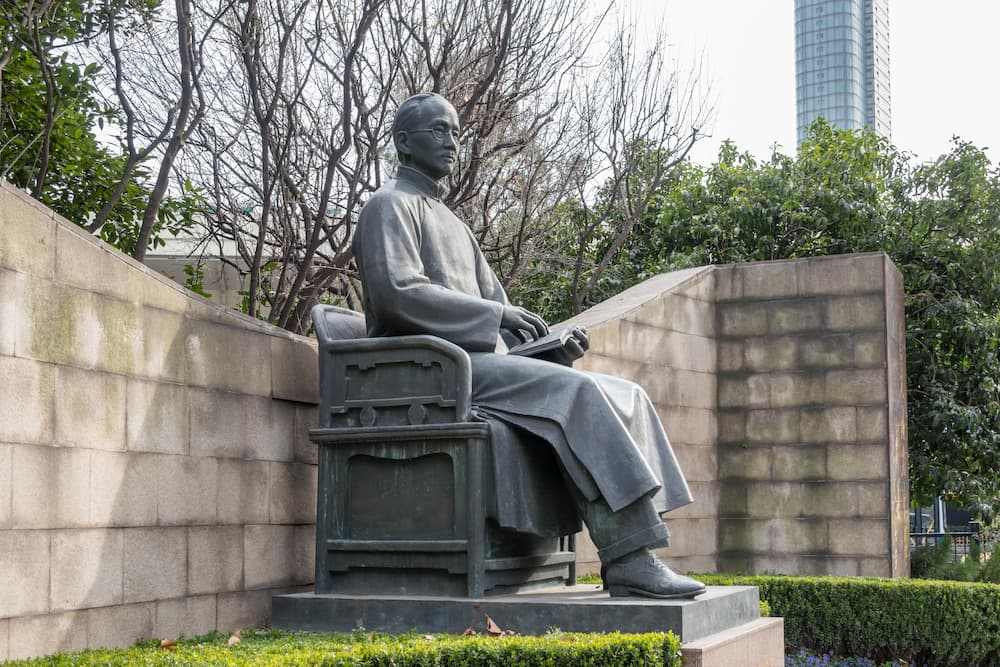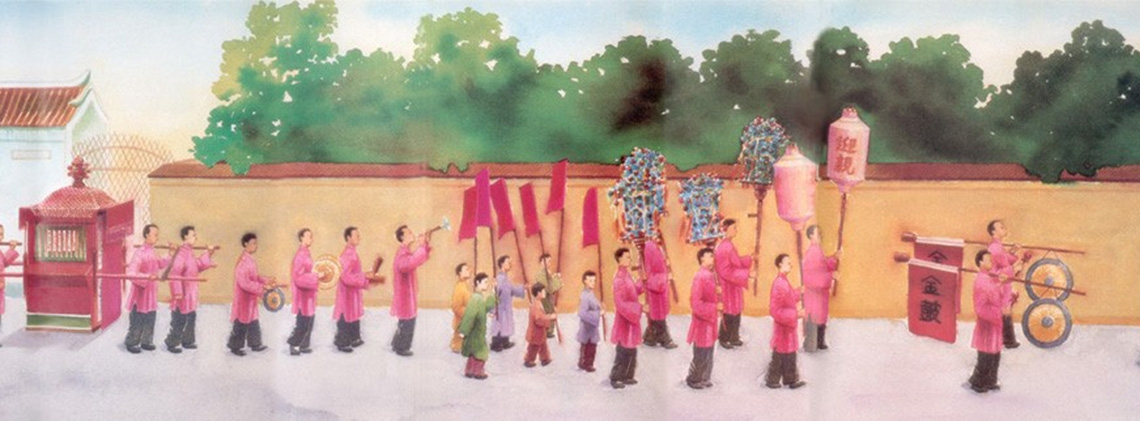
Schools in Ancient China
Splendid
Chi Culture
Topic
Schools in Ancient China
Schools in ancient China were founded by the ruling class to nurture administrative talents. Under the aristocratic system in the Xia (ca. 2100–ca. 1600 BCE), Shang (ca. 1600–ca. 1100 BCE), and Zhou (ca. 1100–256 BCE) dynasties, the ruling class was mainly hereditary, and, therefore, school students were mostly the sons of noblemen called “sons of the state.” As it was nearly impossible for sons of commoners to enter the ruling class, they had no need for formal education. Any skills needed by them were learned in the course of their work and life experiences. As the schools were only for sons of the aristocracy, it is not surprising to find that the schools were staffed with government officials who doubled as teachers. This system was known as the “schools within the government” which formed the basis for later state-founded schools.
It is not known when the first privately funded schools came into existence, but there is no doubt that Confucius (551–479 BCE) was an outstanding early founder of private schools. In the Warring States period (475–221 BCE), hundreds of philosophical schools flourished. In order to expand their influence, they each founded their own schools; soon, private education was a highly crowded field and broke the government’s monopoly on education. Education reached deep into the private sector, and produced a league of professional teachers who, in turn, achieved great success with their innovative and starkly contrasting styles of teaching. In general, these early schools were by and large Ruist; although, schools with specialized curricula also existed for such topics as medicine, mathematics, astronomy, law, literature, and military science.
In the Spring and Autumn (770–476 BCE) and the Warring States periods, the Zhou king was too weak to control the realm; as a result, in-fighting between nobles, as well as within individual feudal states was common. The old order, along with its hierarchies, and schools of thought all faced strong attacks and challenges. The curriculum of the government schools lost its relevance. Furthermore, as rulers of myriad fiefdoms were busy fighting one another and paid little attention to education, the number and quality of the official schools declined. In order to keep an upper hand in the fierce competition, rulers became daring in their hiring strategies and allowed room for great talents to seize the day. This created an excellent opportunity for commoners to enter into politics. Baili Xi (ca. 726–621 BCE) in the Spring and Autumn period rose from being a slave to being a high ranking official. Su Qin (380–284 BCE), in the Warring States period, rose from extreme poverty to become the premier of six states. It goes without saying that such men must have had extraordinary talent and knowledge. Success stories such as these created great incentive for commoners to study. Private schools thus thrived under these circumstances.
The Han dynasty (206 BCE–220 CE) established the tradition of using state-run schools to channel good students to administrative careers; this practice was adopted by all of the following dynasties which operated official schools, even by temporary regimes founded by non-Han Chinese peoples. In some cases, a new regime would keep the defeated regime’s schools; such was the case when the Ming (1368–1644) replaced the Yuan (1271–1368) and the Qing (1644–1911) replaced the Ming. Beginning in the Song dynasty (960–1279), the central government actively founded local schools all around the country. By the Ming and Qing dynasties, all levels of local government established schools in their jurisdiction. Official schools could even be found in far-off tribal lands. All of these schools formed a dense educational network covering the entire country.
Private schools were a permanent fixture even during wars or dynastic transitions. In terms of fostering talent, especially children’s education, private schools were the mainstay. Later, there were private colleges supported by the government. These colleges often had the storage of books as a key mission, combining academic research and education.
State-run schools formulated rules regarding faculty organization, facilities, equipment, and administration. Teachers were bureaucratic officials with defined ranks. For example, a teacher at the Han dynasty Imperial College had a rank equivalent to that of a county magistrate. There were changes through the centuries. In the Qing dynasty, the rank of a teacher at the National Academy was equivalent to a deputy of the seventh rank (the equivalent of a county magistrate). It was not until the Song dynasty that schools founded by local governments had full-time teaching staffs. As officials, they held the lowest official rank possible; sometimes they were not even included in the formal ranks. The situation improved in the Qing dynasty. A teacher at a prefecture school would be in the seventh rank, and a principal at a provincial school or a dean at a county school would both be in the eighth rank. Assistant teachers at various schools were called deans and were held a deputy eighth rank.






